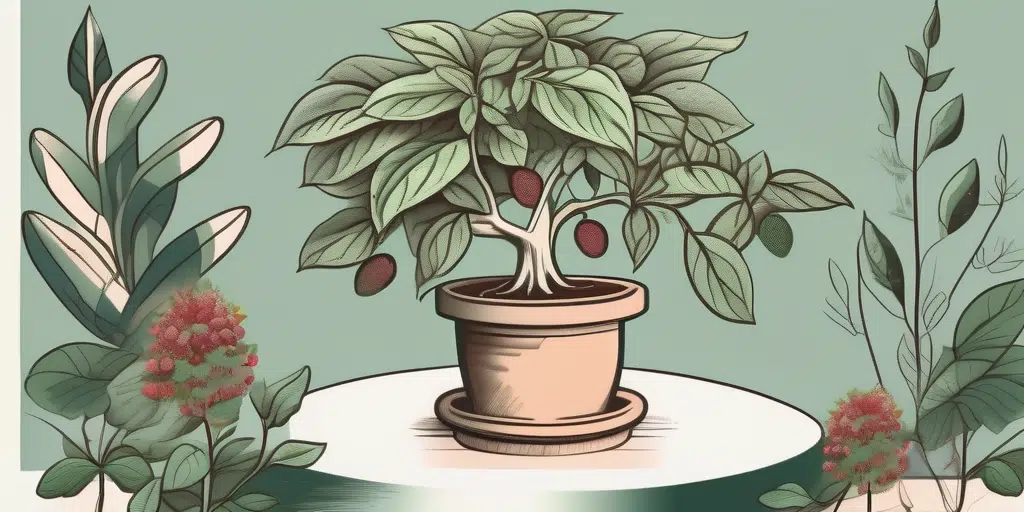Ever read about a plant and thought, “I absolutely need to get my hands on this!”? That’s exactly how I felt when I first looked into growing comfrey. It’s like the Swiss Army knife of herbs—you can fertilize your garden, trees, and yard, treat wounds, and even feed it to livestock (in moderation). Seriously, it’s the ultimate all-purpose herb for home and garden.
There are a few types of comfrey, but the most common are True Comfrey and Russian Comfrey. They’re grown and used similarly, but with a couple of key differences.
True Comfrey
This is the OG comfrey—the one that’s been used medicinally since ancient times. It’s nicknamed “knitbone” because it helps heal bone and skin injuries.
True comfrey grows like crazy and can be harvested multiple times in a season. But watch out—it self-seeds very easily. If you don’t want a garden takeover, harvest before it sets seeds. If you pick it after flowering, remove the flowers before using the leaves. Otherwise, you’ll have comfrey popping up everywhere!
Russian Comfrey
Russian comfrey (Bocking 14) is a hybrid of true comfrey and prickly comfrey (both of which spread aggressively by seed). The good news? Russian comfrey has sterile seeds, so no surprise spread!
Like its cousin, it’s super productive and can be harvested several times a season. Since it grows from roots (not seeds), you don’t have to stress about flowers causing a garden invasion.
Over time, the roots expand and will eventually need dividing.
Personally, I grow Russian comfrey because I know I’m not disciplined enough to stop true comfrey from conquering my yard. I get my rootstock from Buy Comfrey—great prices and awesome service!
How to Grow Comfrey
To start, you’ll need seeds (for true comfrey) or rootstock (for Russian comfrey). After that, both varieties grow the same way.
Comfrey loves full sun and rich soil but can handle some shade and different soil types. I find it easiest to start in pots (since the soil needs to stay moist until sprouting), but you can plant directly in the garden too. Once they have their second set of leaves, I transplant them to their permanent spots.
When planting, dig a hole about 10″ wide and 1-3 feet deep, mix in plenty of compost, plant the comfrey, and water well.
You can grow comfrey in pots, but because of its long taproot, use something deep—like a 5-gallon bucket.
Comfrey is tough—it survives temps from -40°F to 120°F and grows well in zones 3-9.
That deep taproot (which can reach 8-10 feet!) makes comfrey great for breaking up clay soil. Once established, it’s drought-resistant and pulls nutrients from deep underground, storing them in its leaves—which is why they’re perfect for mulching.
At full size, comfrey reaches about 2 feet tall and 3 feet wide.

Harvesting Comfrey
Hold off on harvesting right away—let it get established first. Wait at least three months (longer if grown from seeds).
Once it’s settled, you can pick leaves here and there. When plants hit about 18 inches, you can do a big chop, cutting them back to 2 inches.
For the most nutrients, harvest just before flowering.
Comfrey Uses
Comfrey is a superstar in the garden, with livestock, and in herbal remedies—but don’t use it internally.
(Quick note: There’s some debate about the studies behind this warning, but I’d rather play it safe. I avoid internal use or applying it to broken skin. Plenty of safer herbs can handle those jobs—but of course, you do what’s best for your family!)
In the garden:
- Use the chop-and-drop method—mulch with the leaves to fertilize soil.
- Plant in tree guilds (check out this awesome guide from Tenth Acre Farm).
For livestock:
- Add small amounts to their diet (part of a varied mix). Some folks suggest wilting the leaves for a couple of days if animals refuse them fresh.
Herbal remedies:
- I use comfrey in salves and poultices.
Growing comfrey is a no-brainer for any garden. It’s low-maintenance, versatile, and packed with benefits—whether for your plants, animals, or homemade remedies. Give it a try!

